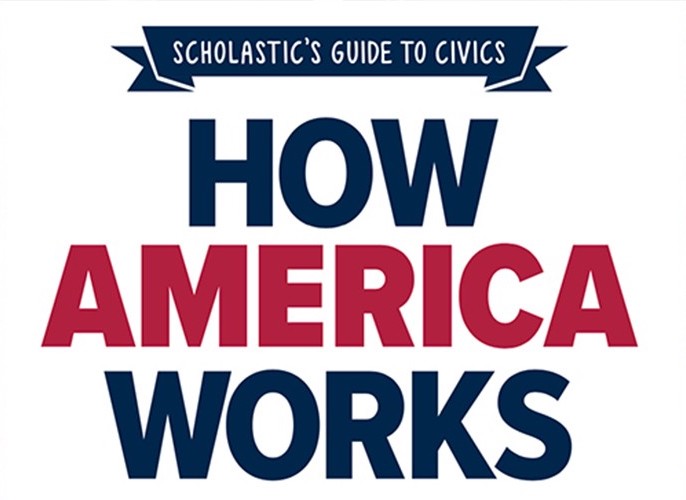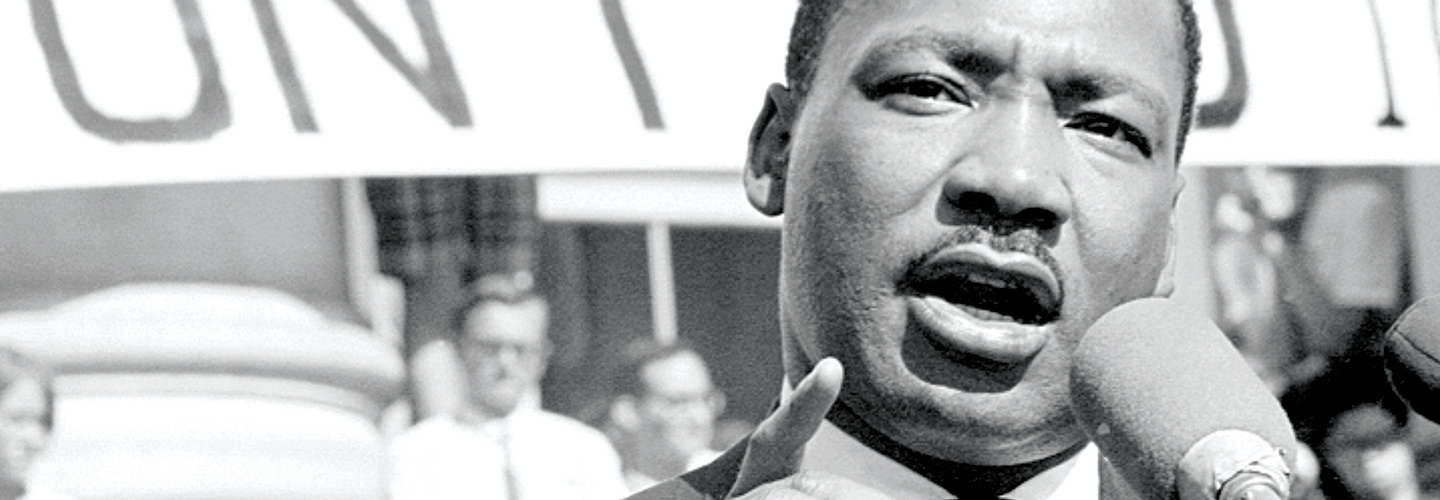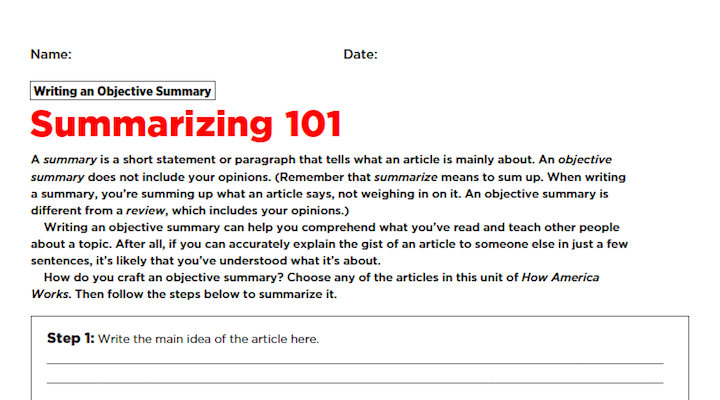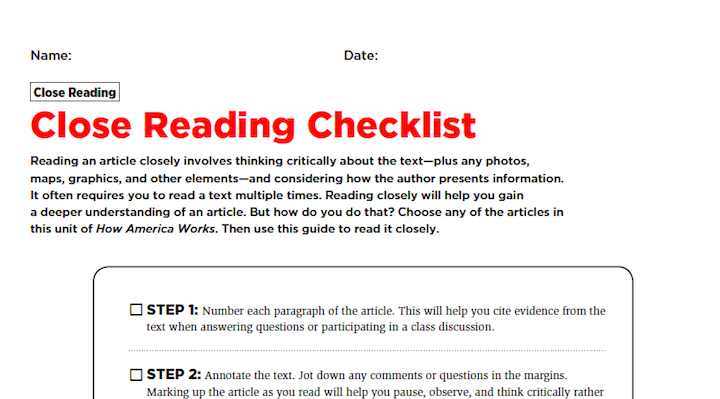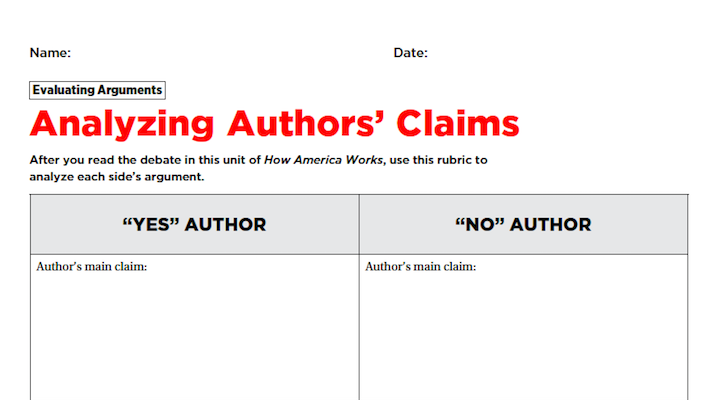Major Concepts
• Americans have been fighting for equality for hundreds of years.
• The civil rights movement of the 1950s and 1960s helped the nation make great strides toward racial equality, but six decades later, challenges remain.
• Protests, boycotts, lobbying Congress and presidents, and court challenges have played a major role in the fight for civil rights for different groups.
Discussion Topics
1. Why do you think it has historically been so difficult for various groups to secure basic civil rights? Why did so many people stand in the way of equality for these groups?
2. Compare the struggles of various groups to secure their rights. What challenges did they face and how were they overcome, if they have been overcome?
3. What civil rights issues do you see in the United States and the world today? Which ones seem most pressing? What, if anything, is being done to address them?
4. Many groups, including Black Lives Matter, the NAACP, the Native American Rights Fund, the ACLU (American Civil Liberties Union), and NOW (National Organization for Women) continue to fight for civil rights today. What goals do these and other civil rights groups have? Why are some of these groups so controversial?
5. Today, Martin Luther King Jr. is widely admired by many Americans. But when he was alive, many people considered him a controversial figure. Why do you think King’s reputation changed over time?
6. Do you agree or disagree that bail should be abolished? (See pp. 177-179.) Do you think the debate over bail ties into other civil rights issues? If yes, in what ways?
Header image: Shutterstock.com
Activity: Then and Now
1. RESEARCH:
The civil rights movement of the 1950s and 1960s wasn’t all that long ago. Most students probably know someone who lived through it, whether it’s a relative, family friend, or neighbor.
Ask each student to find someone to interview who has firsthand memories of that time.
2. INTERVIEW:
Students should ask what their interview subjects remember about public sentiment and news coverage of that period, whether they participated in protests, and how they felt about the civil rights movement at the time.
Students should also ask about how things have changed in the past 60-plus years. After conducting their interviews, students should write a short summary of what they’ve learned.
3. DISCUSS:
Hold a class discussion to compare and contrast the results of the interviews.
What did the interview subjects have in common? How did their experiences and opinions differ? Did they come from a variety of backgrounds and geographical locations? How might such factors have affected their experiences?
Videos
Fighting for Equality
A look at some of the key players of the civil rights movement of the 1950s and 1960s.
How Kids Changed the World
In 1951, a courageous protest by Barbara Johns led to a landmark Supreme Court ruling that declared segregated public schools illegal—and changed the nation forever
Daring to Dream
The life and work of Martin Luther King Jr.
Jackie Robinson
Jackie Robinson and the civil rights movement.
Prisoners in Their Own Country
The internment of Japanese-Americans during World War II.
Matthew Shepard
Matthew Shepard’s murder and efforts by his parents and others to get a federal hate-crime law passed.
Should We Replace Columbus Day?
The debate over the holiday and the Columbus legacy.
How Native Americans Ended Up on Reservations
How early settlers and later the U.S. government treated Native Americans.
Women for the Win
Pioneering athletes and events in U.S. women’s sports history.
Women's Rights
Milestones in the U.S. women’s rights movement.
Skills Library
Header image: Michael Ochs Archives/Getty Images
